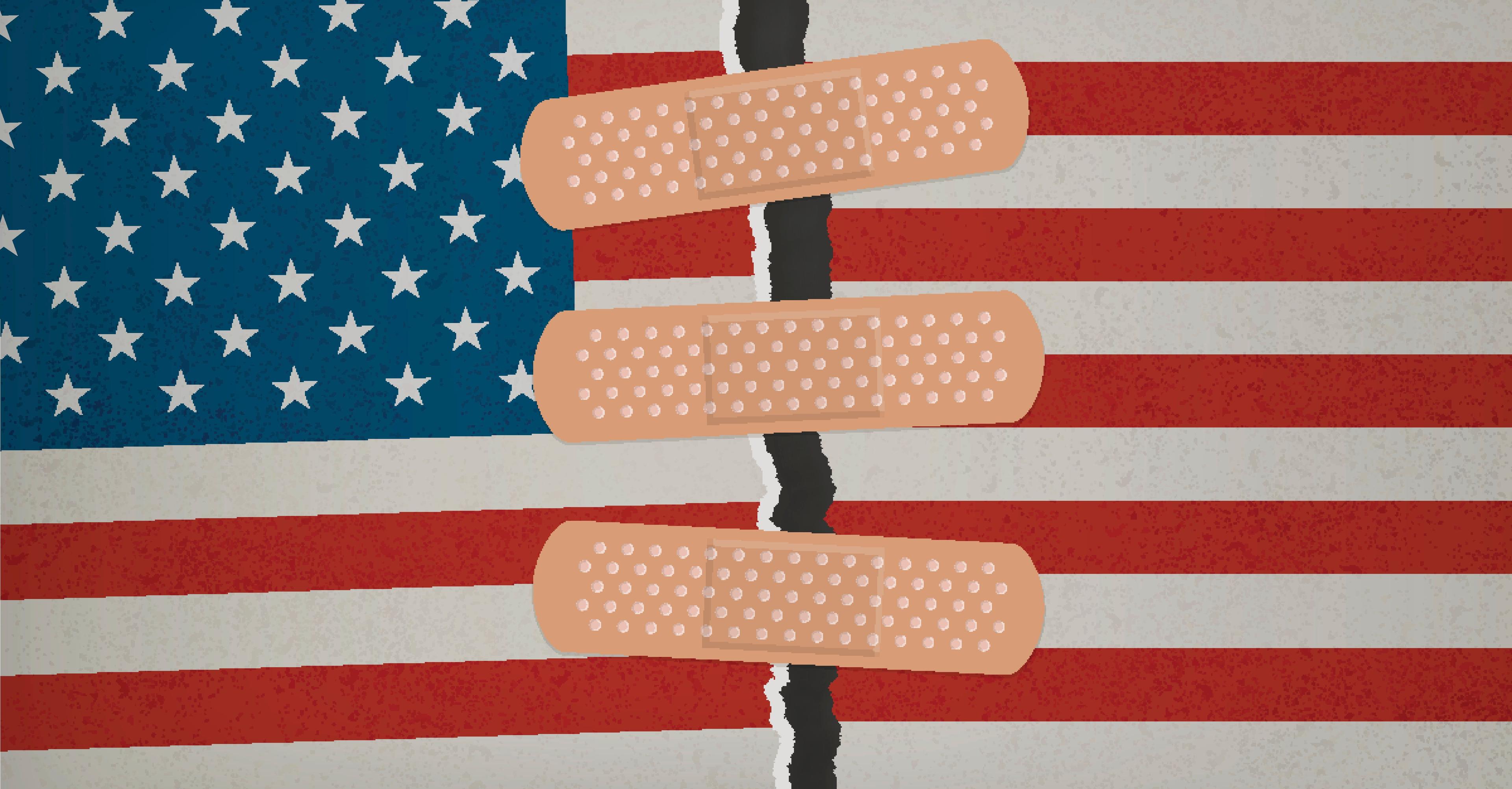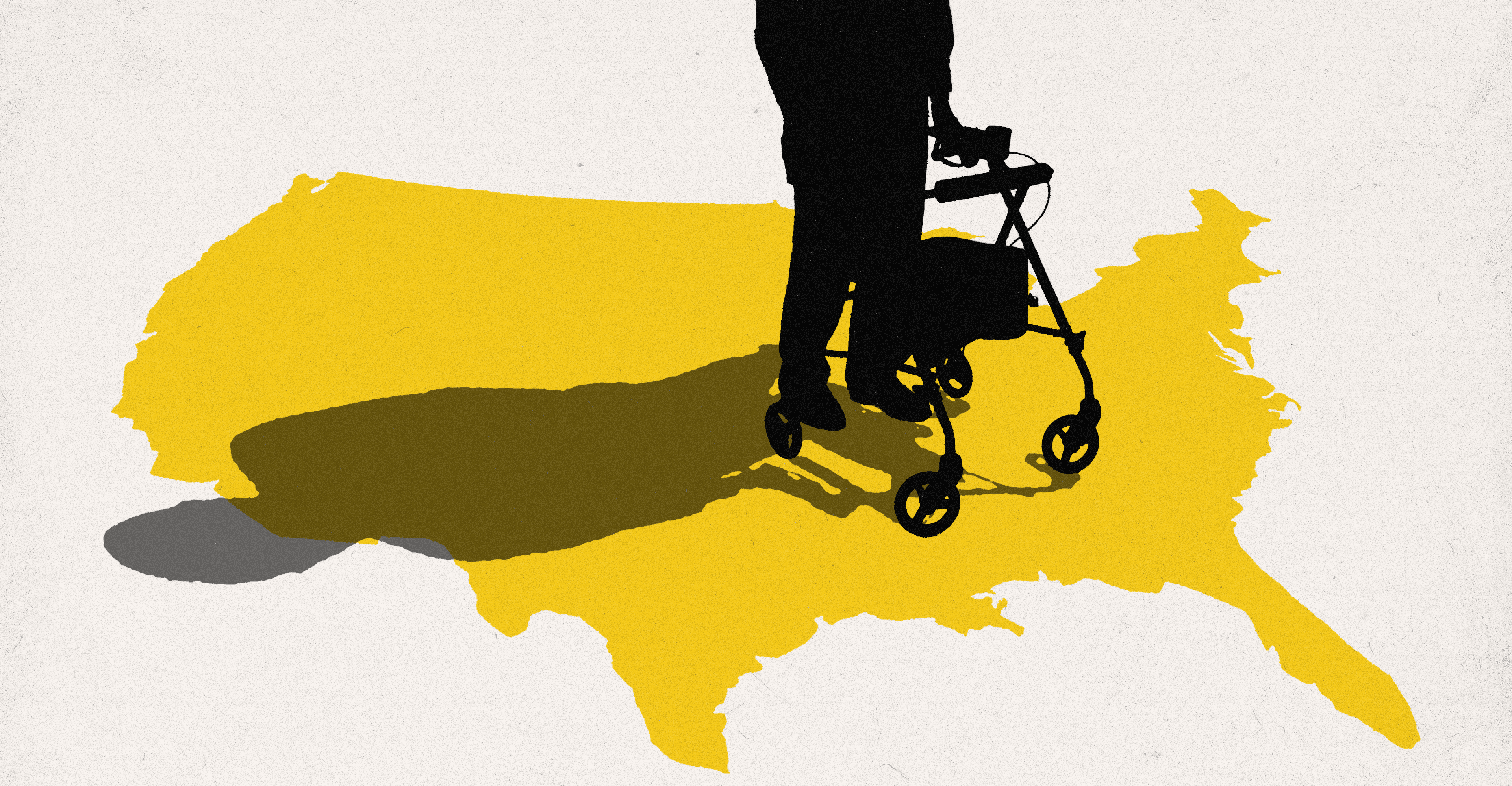Fewer kids are dying than ever before — but a lot of work remains.


Children worldwide are less likely to die before they reach the age of 5 than at any time in recorded history, according to new data from the United Nations.
The worldwide mortality rate for kids younger than 5 years old was slashed in half in 2022 compared to the turn of the century. Child mortality was even higher in 1990, when 13 million children under 5 died. By 2022, the most recent year for which data is available, that number hovered around 4.9 million.
The rate is currently an estimated 37 deaths per 1,000 births, the UN report released this week concluded. (The agency takes all of the relevant data available from national governments — such as vital registration systems, censuses, and household surveys — then statistically adjusts and models that data to arrive at its worldwide and regional child mortality estimates.)
The UN’s researchers credit the global decline to more skilled medical personnel being present at births, increased investment in postnatal care, and more aggressive public health campaigns, including vaccinations.
In recent years, many developing countries have also strengthened local health systems that can better diagnose and treat serious health conditions, on top of multilateral humanitarian initiatives that have reduced hunger and malnutrition over the long term.
Some countries have made particularly remarkable progress: Malawi, Rwanda, and Mongolia have seen some of the largest declines in child deaths, with their under-5 mortality rate dropping by 75 percent since 2000. Among the world’s least-developed countries, as defined by the UN, the mortality rate among kids under 5 has plummeted from 175 deaths per 1,000 live births in 1990 to fewer than 60 in 2022.
:no_upscale()/cdn.vox-cdn.com/uploads/chorus_asset/file/25336701/jkexS_kids_under_5_aren_t_dying_as_much_as_they_used_to___2_.png)
But enormous disparities remain between rich and poor countries. The UN report warns that the progress of the past three decades is slowing and could begin to backslide, a bleak possibility given the recent uptick in global hunger after decades of improvement.
As with hunger, living in politically fragile and conflict-ridden countries increases the risk of life-threatening health problems among young children. Nations considered by the World Bank to be in fragile and conflict-affected situations experienced 73 deaths per 1,000 live births among kids under 5. That’s nearly three times the rate in all other countries.
Sub-Saharan Africa — where conflicts in the Central African Republic and elsewhere are currently threatening access to food and medical care — has the highest under-5 mortality rate of any region in the world. A baby born there is 18 times more likely to die before reaching the age of 5 than one born in Australia and New Zealand, the regions with the second-lowest mortality rate among kids under 5, after Europe and North America.
Four out of every five deaths occur in sub-Saharan Africa or South Asia, the former accounting for 57 percent of all such deaths globally and the latter enduring another 26 percent.
Premature birth, lower respiratory infections, birth trauma, birth defects, malaria, and diarrhea are the leading causes of death among young children worldwide. Infant mortality rates in particular are stagnating, a worrying indicator for the future. In sub-Saharan Africa, for example, the death rate has barely budged from 2010 (when there were 32 deaths per 1,000 live births) to 2022 (27 deaths per 1,000 live births). Overall, the annual rate of reduction in child mortality decelerated from 3.8 percent between 2000 and 2015 to 2.1 percent between 2015 and 2022.
Taken together, the UN report mixes optimism with caution. Yes, fewer children under 5 are dying than ever before. But the recent slowdown in progress means that about 60 countries are now on pace to miss the Sustainable Development Goal (SDG) for child mortality set by the UN in 2015: fewer than 25 deaths per 1,000 live births by 2030.
Increased investments in local health care workforces and infrastructure, public health campaigns, and reducing malnutrition will be necessary to continue reducing child deaths and avoid backsliding, the UN report concluded.
“If current trends continue, 35 million children will die before reaching their fifth birthday by 2030,” the UN’s experts wrote. “Meeting the SDG targets would save 9 million of those lives. That’s millions of families and communities spared the heartbreaking loss of a child and devastating loss of potential.”
A great night for Kent, but another stain on the Hall of Fame
- 7 hours ago

Tremors felt in Balochistan's Barkhan, surroundings
- 3 hours ago

The Kennedy Center Honors continue Trump’s vengeance on liberal Hollywood
- 17 hours ago

3 theories that explain Trump’s collapsing support
- 17 hours ago
Pakistan Army remains focused on internal, external challenges: Field Marshal
- 8 hours ago
Renowned motorcar stuntman Sultan Golden breaks two world records
- 4 hours ago

Anti-state elements to be held accountable: Kh Asif
- 3 hours ago
Erdogan warns Black Sea should not be ‘area of confrontation’ after strikes
- 6 hours ago

Donald Trump reminds the entire world he has no idea what 6G means
- 19 hours ago

Gold prices plunge in Pakistan, global markets
- 7 hours ago

Blame Republicans for our health insurance mess
- 17 hours ago

The alarming rise in antibiotic use by the meat industry
- 17 hours ago








